Sweeping changes will be seen on this year’s Tour de Corse, the fourth event in the 2019 WRC, and first clear weather asphalt round this year.
Only 20% of the competitive distance is the same as last year, and only two stages are fully the same.
Instead of being wholly based at Bastia, like last year, this year the rally starts down south at Porto Vecchio (with the Ceremonial Start on the Thursday evening) and finishes in the north west at Calvi, though central service remains at Bastia.
This is one event where starting order is not a major issue, as even dirt on the road from earlier cars is not a major problem. The biggest challenge is choosing the best tyres for the prevailing weather conditions and managing the wear of the tyres when it is dry.
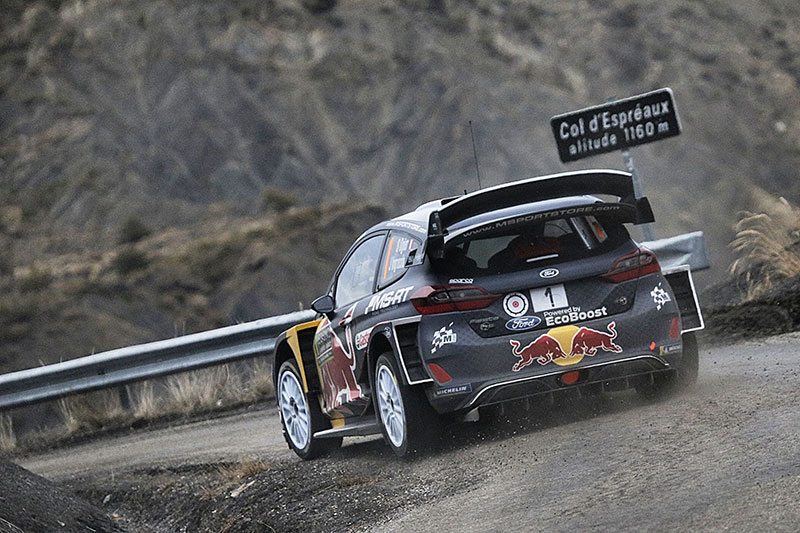
There is no super special stage on the Thursday evening and no super special or spectator stages at all - fourteen stages altogether (ranging from 14km to 47km) with the 19km Power Stage on the very scenic coastal road south of Calvi.
The spectacular opening stage (Bavella, which passes remarkably rugged mountain scenery) is the highest point of the rally and climbs to 1196 metres while the Power Stage stays at almost sea level and is only run once.
There will only be two stages on the final day. There will only be one midday service halt (on the Saturday) with a tyre fitting zone instead in the middle of the Friday stages.
Testing regulations revert to normal procedure with the roads in the island being available.
The Tour de Corse has attracted more entries than any other World Rallying Championship event for four years, since their own event in 2015, and this year no national category non-homologated cars are on the list.
With only two World championship entries from both Citroen and M-Sport, there are ten championship World Rally Cars but there are four privateer World Rally Cars (two old Citroens and two Fiestas) as well.
 There are two WRC2 Pro entries (Rovanpera’s Skoda and Pieniazek’s Ford), sixteen WRC2 Amateurs, three R-GT cars (an Abarth 124, a Porsche 911 and a Porsche 997) while 13 Junior WRC cars have been entered. Eight of the JWRC competitors including the series leader have never competed on Corsica before. Among the privateer entries, there are four R1 cars.
There are two WRC2 Pro entries (Rovanpera’s Skoda and Pieniazek’s Ford), sixteen WRC2 Amateurs, three R-GT cars (an Abarth 124, a Porsche 911 and a Porsche 997) while 13 Junior WRC cars have been entered. Eight of the JWRC competitors including the series leader have never competed on Corsica before. Among the privateer entries, there are four R1 cars.
As in Rallye Deutschland teams have the choice of three types of asphalt tyres - hard compound, wet compound and a special wet tyre designed for stages with standing water.
Weather forecasting on which optimal tyre selection choices are made is a special art form in Corsica, particularly in regions where stages within a loop lie either side of mountain ranges. Teams discover the latest conditions either through information from automatic electronic weather stations positioned along the stages or from team personnel positioned on site.
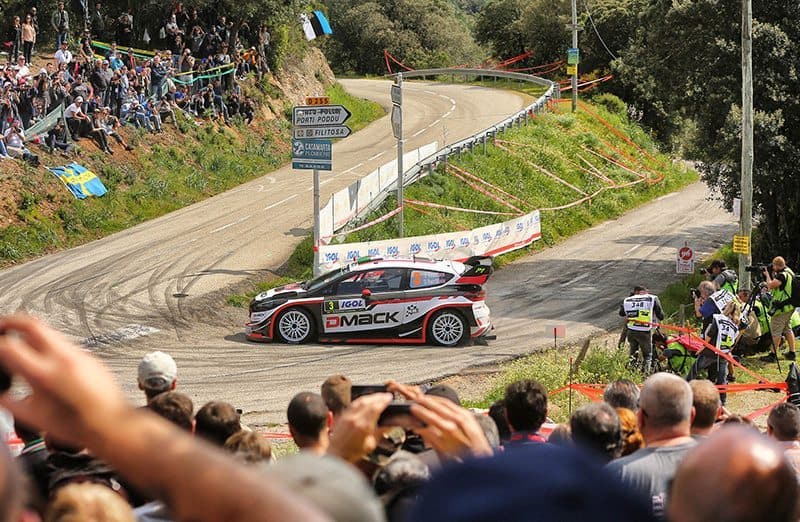
Current championship status sees Ott Tanak four points ahead of Sebastien Ogier with Thierry Neuville another four behind – and the rest of the field more than 20 points in arrears.
Toyota Gazoo Racing will start eight points ahead of Citroen with Hyundai Shell Mobil one point later.
This is the second round of the Junior WRC where Tom Kristensson leads Roland Poom and Jan Solans.
Team by team
Citroen
Two car WRC team with no WRC2 Pro entry this time (next event will be Argentina for Ostberg). Only technical problem in Mexico was a heavy impact damage for Ogier which caused central differential problems on the final day.
Essential ingredients for success in Corsica is previous experience and pre-rally testing. Corsica presents challenging logistics and long road sections during the event but fulfils the need for classical historical events in the championship.
No major technical changes for this event. Same cars and safety crews as used in Sweden.
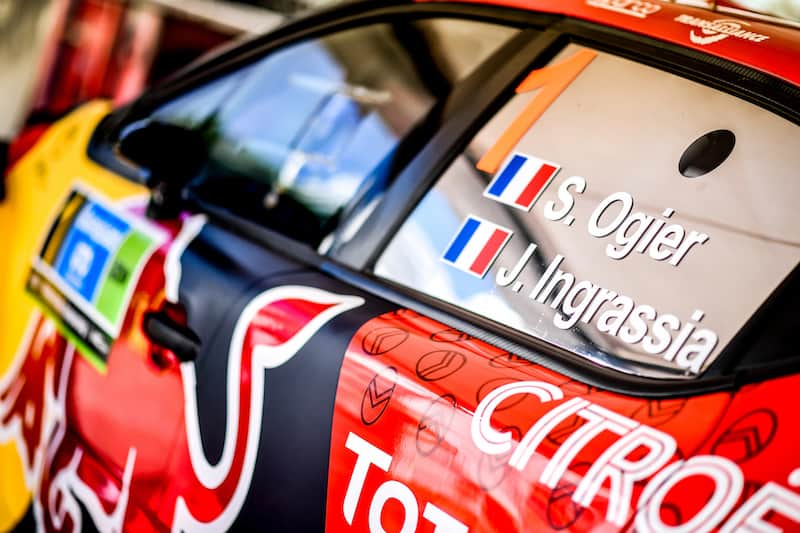
Sebastien Ogier has won the Tour de Corse three times (2013/16/18) as well as the WRC Alsace event in 2011/ Esapekka Lappi has only competed twice and never finished higher than sixth.
Hyundai
Sebastien Loeb is back again and Andreas Mikkelsen is dropped for this event.
An unsatisfactory event in Mexico where Thierry Neuville had early handling problem, later improved by set-up changes. While Dani Sordo lost stages because of battery problems, Mikkelsen was withdrawn and was officially retired to overcome regulatory component linking.
For Corsica cars need to be set-up stiffly to be precise. New cars for this event (chassis 17 for Neuville, 18 for Loeb and 19 for Sordo).
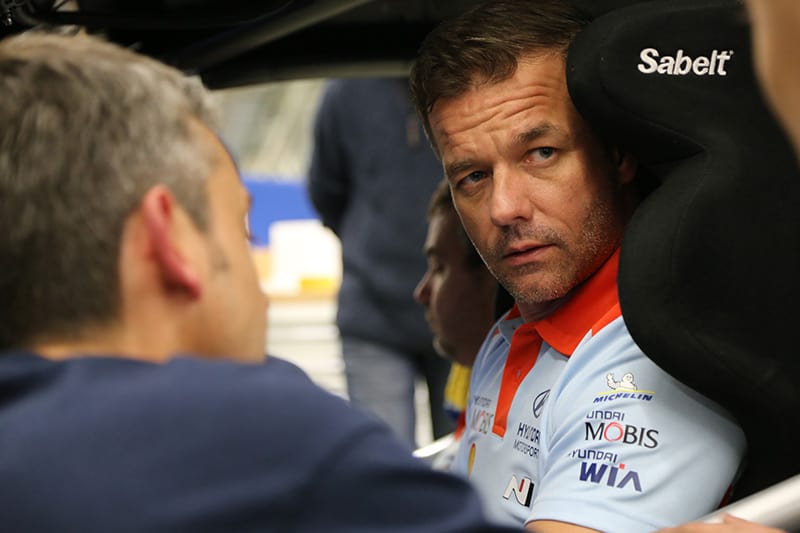
Special Corsica challenges are elaborate hotel planning and absence of midday servicing on the Friday. Same safety crews as in Monte Carlo for Neuville and Loeb, Xevi Pons for Sordo.
Loeb has competed on this event ten times and won four successive times (2005-2008), Sordo’s best results are three third places but he won the Alsace event in 2011 and won the IRC Tour de Corse in 2012 while Neuville won in 2017.
M-Sport
Most significant problem in Mexico was the sudden discovery of rear cross member damage on Elfyn Evans’ car and the consequent panic repairs. Problem with delay of cars returning from Mexico reduced preparation time on Evans’ car and the R5 car of Massimo "Pedro" Pedretti which had been Alberto Heller’s car in Mexico.
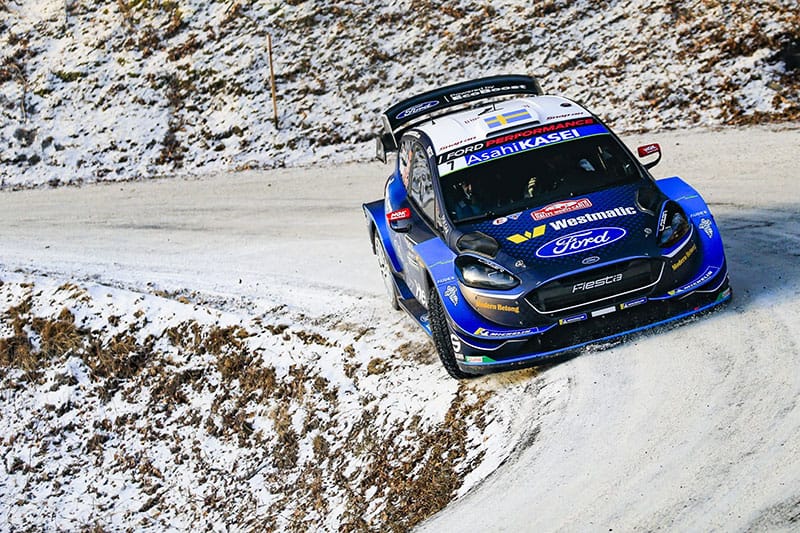
The special challenge of Corsica is making good use of personnel as the rally keeps on the move. Technical requirement for Corsica is a good stiff chassis which can still perform in the rough, narrow sections. No new equipment on the cars. Evans’ same car as Mexico, Suninen same as Sweden.
Ouvreurs (safety crews): Evans has his father, Suninen has Juuso Pykalisto and Jouni Ampuja (with a Polish codriver Szymn Gospodarczyk) for Pieniazek.
Evans’ best result was finishing second in the wet 2015 event. This is Suninen’s fourth Tour de Corse but without top result so far.
Toyota
Only technical problem in Mexico was Jari-Matti Latvala’s alternator failure.
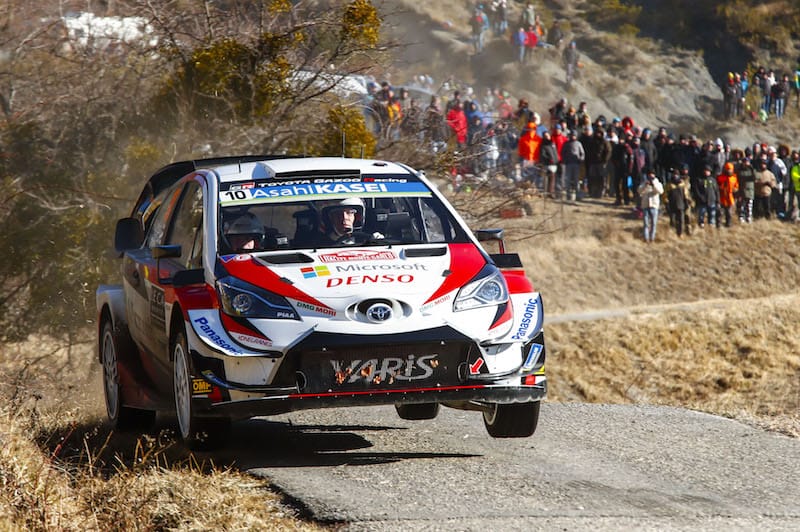
Essential ingredients for Corsica success include good weather forecasting and good collaboration between drivers and ouvreurs, while cars must have precise handling.
All the cars are those used in Sweden, no changes to the ouvreurs from Monte Carlo.
Latvala won the event in 2015 and four times came fourth. Ott Tanak started four times but his best result was second in 2018 while Kris Meeke’s top result in four attempts was fourth in 2015.



